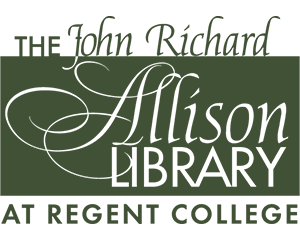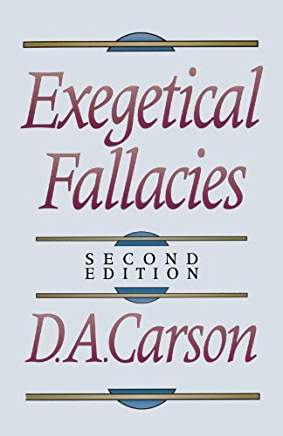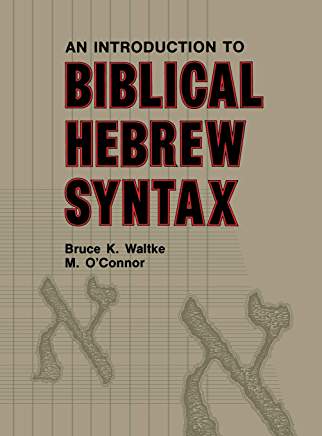Biblical Hebrew Research Guide
 Processing Request
Processing Request
Biblical Hebrew refers to the language in which most of the Old Testament was originally composed. It is part of a corpus (i.e., distinct body of texts) known as Classical Hebrew, consisting of the biblical texts and various documents and inscriptions written in Hebrew. To study biblical Hebrew, students should begin with basic grammars and guides for reference tools. Here are some helpful places to start:
Beginner Grammars
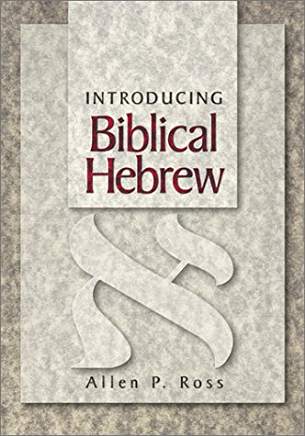
Introducing Biblical Hebrew
Allen P. Ross
Grand Rapids: Baker Academic, 2001.
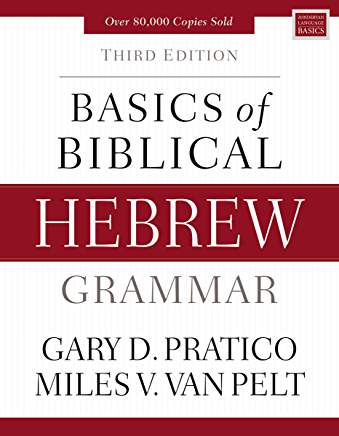
The Basics of Biblical Hebrew
Gary D. Pratico and Miles V. Van Pelt
Grand Rapids: Zondervan, 2007.

Hebrew for the Rest of Us
Lee M. Fields
Grand Rapids: Zondervan, 2008.
Reference Tool Guides

The Biblical Hebrew Companion for Bible Software Users
Michael Williams
Grand Rapids: Zondervan, 2015.
How Biblical Languages Work: A Student's Guide to Learning Hebrew and Greek
Peter J. Silzer, Thomas John Finley
Grand Rapids: Kregel, 2004.
Exegetical Fallacies
D.A. Carson
Grand Rapids: Baker Books, 1996.
Catalogue Record
After using basic grammars, which introduce morphology and basic syntax, students may move forward by using Hebrew readers, intermediate grammars, and lexicons.
Hebrew Readers

A Reader's Hebrew Bible
A. Philip Brown II, Bryan W. Smith
Grand Rapids: Zondervan, 2008.
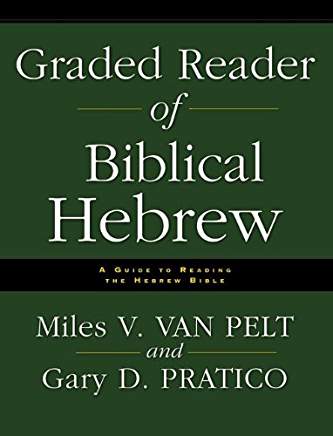
Graded Reader of Biblical Hebrew
Miles V. Van Pelt, Gary D. Pratico
Grand Rapids: Zondervan, 2006.
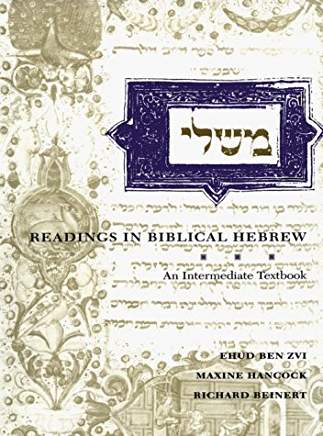
Readings in Biblical Hebrew: An Intermediate Text
Ehud Ben Zvi, Maxine Hancock, Richard Beinert
New Haven: Yale University Press, 1993.
Intermediate Grammars

Gesenius' Hebrew Grammar
ed. E. Kautzsch
Oxford: Clarendon Press, 1974.
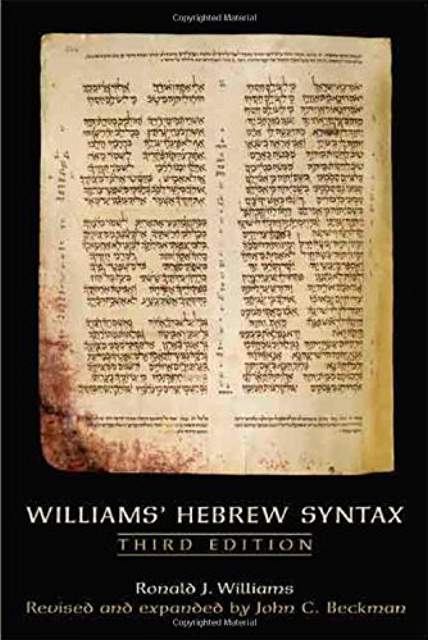
Williams' Hebrew Syntax
Ronald J. Williams
Toronto: University of Toronto Press, 2007.

A Guide to Biblical Hebrew Syntax
Bill T. Arnold, John H. Choi
Cambridge: Cambride University Press, 2018.
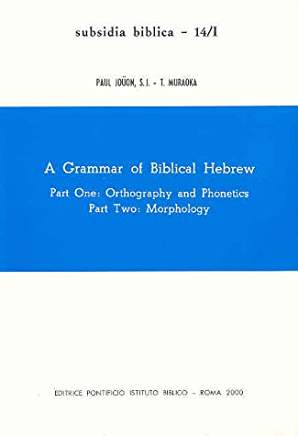
A Grammar of Biblical Hebrew
Paul Joüon, T Muraoka
Roma : Editrice Pontificio Istituto Biblico, 1991.
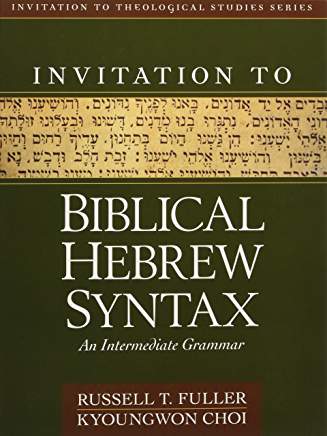
Invitation to Biblical Hebrew Syntax
Russell T. Fuller, Kyoungwon Choi
Grand Rapids: Kregel, 2017.
An Introduction to Biblical Hebrew Syntax
Bruce K. Waltke, M. O'Connor
Winona Lake: Eisenbrauns, 1990.
A Biblical Hebrew Reference Grammar
Christo J. J. van de Merwe, Jacobus A. Nande, Jon H. Kro
New York: Bloomsbury T&T Clark, 2017.
Hebrew Lexicons
Lexicography has improved significantly since the days when the classic standard lexicons of Gesenius and Brown, Driver, and Briggs (BDB) were published. Though these early works remain useful to some extent, students should familiarize themselves with the contemporary standards in Hebrew lexicography. In addition to the introductions of HALOT and DCH listed below, Moises Silva's Biblical Words and Their Meaning and James Barr's The Semantics of Biblical Language are particularly helpful.
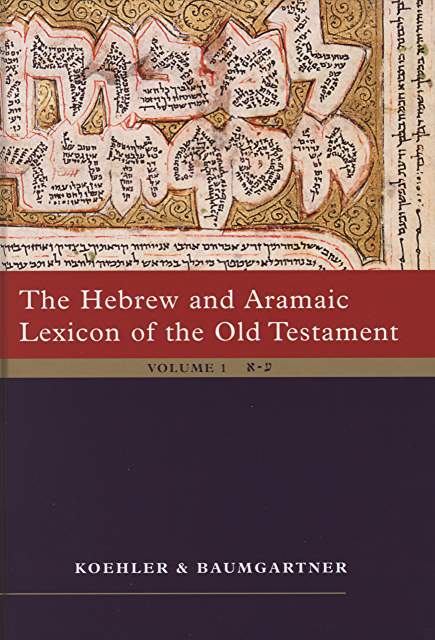
The Hebrew and Aramaic Lexicon of the Old Testament
Ludwig Köhler, Walter Baumgartner, MEJ Richardson, Johann Jakob Stamm
New York: E.J. Brill, 2000.
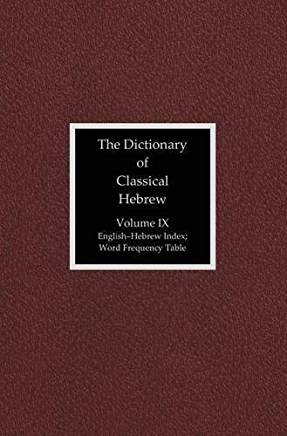
The Dictionary of Classical Hebrew
ed. David J.A. Clines
Sheffield: Sheffield Academic Press, 1993-2016.

The Brown-Driver-Briggs Hebrew and English Lexicon
Francis Brown, S.R. Driver, Charles A. Briggs
Peabody: Hendrickson Publishers, 2010.
Shorter Lexicons:
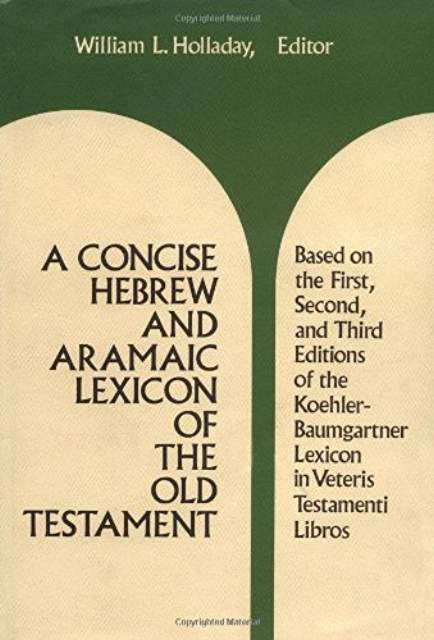
A Concise Hebrew and Aramaic Lexicon of the Old Testament
ed. William L. Holladay
Grand Rapids: Wm. B. Eerdmans, 1971.
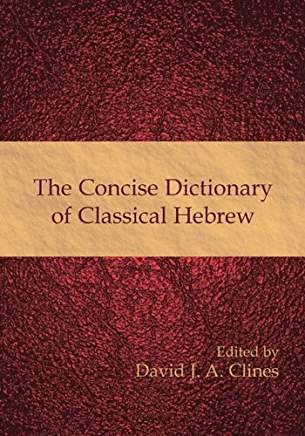
The Concise Dictionary of Classical Hebrew
ed. David J. A. Clines
Sheffield: Sheffield Pheonix Press, 2009.
When studying Hebrew, students may need to reference manuscripts. Here are some of the most important:
The Leningrad Codex
The Leningrad Codex is the oldest extant complete copy of the Hebrew Bible (circa 1008-1009 AD). It represents the scribal tradition of the Masoretes, particularly of Ben Asher. The Aleppo Codex and scattered manuscripts also represent this tradition. The Leningrad Codex is the diplomatic text printed in the BHS and BHQ, the scholarly standard critical editions of the Hebrew Bible. Unlike the critical text of the Greek NA28, which attempts to present the original manuscripts as ascertained from the extant copies, the BHS recreates the Leningrad Codex and relates all manuscript and translation variations to this standard. The BHS is thus a diplomatic rather than critical edition.
The Leningrad Codex:
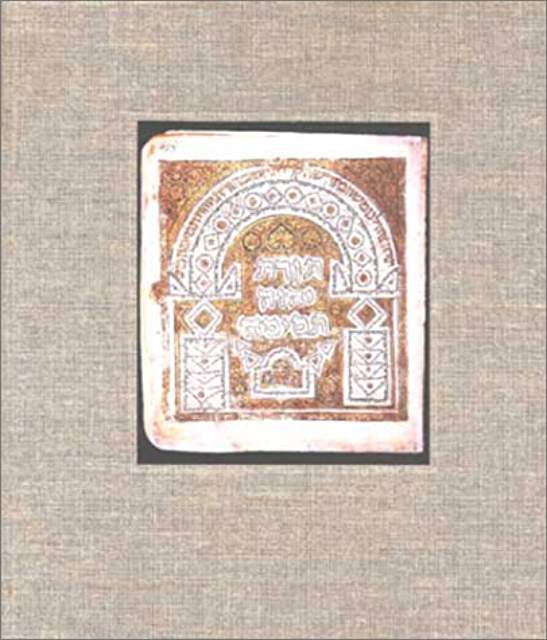
The Leningrad Codes: A Facsimile Edition
eds. David Noel Freedman, Astrid B. Beck, Bruce E. Zuckerman
New York: Brill Academic Publishers, 1998.

Biblia Hebraica Leningradensia
ed. Aron Dotan
Peabody: Hendrickson Publishers, ©2001.
Critical Editions of the Leningrad Codex:
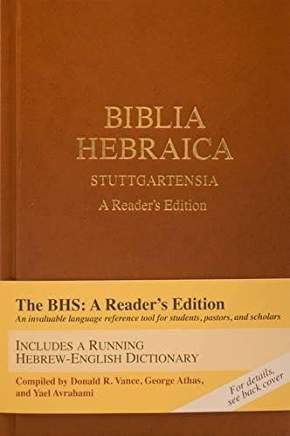
Biblica Hebraica Stuttgartensia
ed. R. Kittell, Karl Elliger, Wilhem Rudolph
Stuttgart: Deutsche Bibelgesellschaft, 1997.
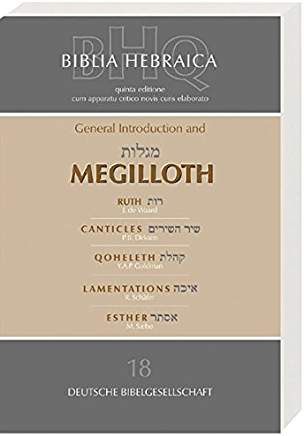
Biblica Hebraica
ed. A. Scheneker
Stuttgart: Deutsche Bibelgesellschaft, 2004.
Tools for Understanding the BHS:

A Simplified Guide to BHS
William R. Scott
N. Richland Hills: BIBAL Press, 1995.
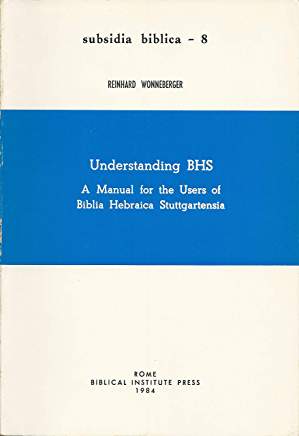
Understanding BHS: A Manual for the Users of Biblia Hebraica Stuttgartensia
Reinhard Wonnenberger
Roma: Editrice Pontificio Istituto Biblico, 1990.
The Dead Sea Scrolls
The Dead Sea Scrolls refers to a collection of manuscripts found in the Qumran caves near the Dead Sea. Though several languages are represented among these scrolls, they are predominantely Hebrew. There are many fragments and some complete scrolls, including biblical texts. For the student of Hebrew, the DSS shed light on the Hebrew language after the writing of the last books of the Old Testament and offers very early manuscripts for use in textual criticsm. In addition to the print resources below, high quality scans of the DSS scrolls can be found online at The Leon Levy Dead Sea Scrolls Digital Library and The Digital Dead Sea Scrolls.

The Biblical Qunram Scrolls: Transcriptions and Textual Variants
ed. Eugene Ulrich
Boston: Brill, 2010.
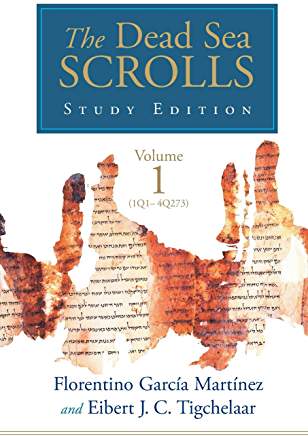
The Dead Sea Scrolls: Study Edition
Florentino Garcia Martinez, Eibert J.C. Tigchelaar
Grand Rapids: Eerdmans, 2000.
The Aleppo Codex
The Aleppo Codex is an incomplete codex of the Hebrew Bible from the same tradition as the Leningrad Codex, the Ben Asher Masoretic tradition. It is older than the Leningrad Codex yet is missing many pages, which were apparently stolen. A digitized version of the codex can be viewed at allepocodex.org.
For further research, try the following sources:
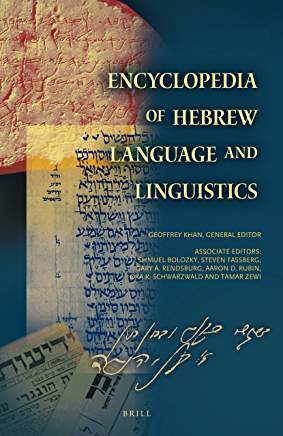
The Encyclopedia of Hebrew Language and Linguistics
Geoffrey Khan
Boston: Brill, 2013.
Journals
There are several academic journals that discuss issues concerning biblical Hebrew. The following list is not exhaustive but offers several significant academic journals that are open access or available through the Allison Library and its affiliates:
-Biblica
-The Biblical Archeologist
-Biblical Archaeology Review
-Hebrew Studies
-The Journal for the Study of the Old Testament
-The Journal of the Ancient Near Eastern Society (available through UBC)
-The Journal of Biblical Literature
-The Journal of Hebrew Scriptures (open access)
-Journal of Semitic Studies
-Revue De Qumran (JSTOR Provides limited online access for free users, UBC's Koerner Library has hard copies)
-Vetus Testamentum
